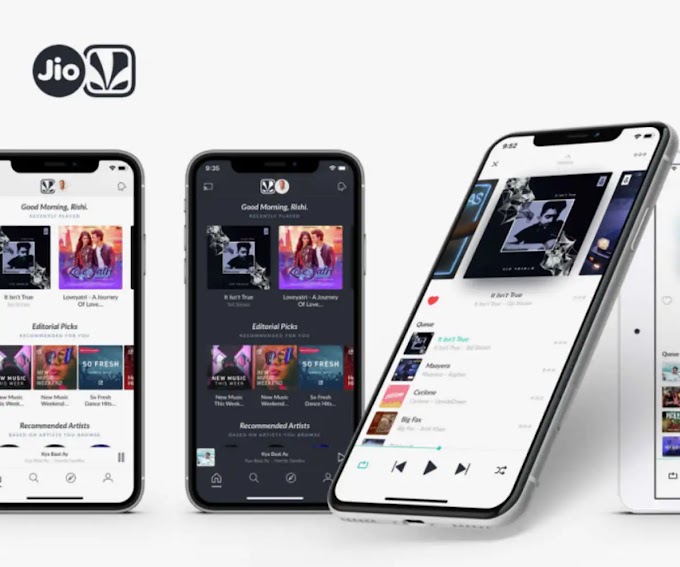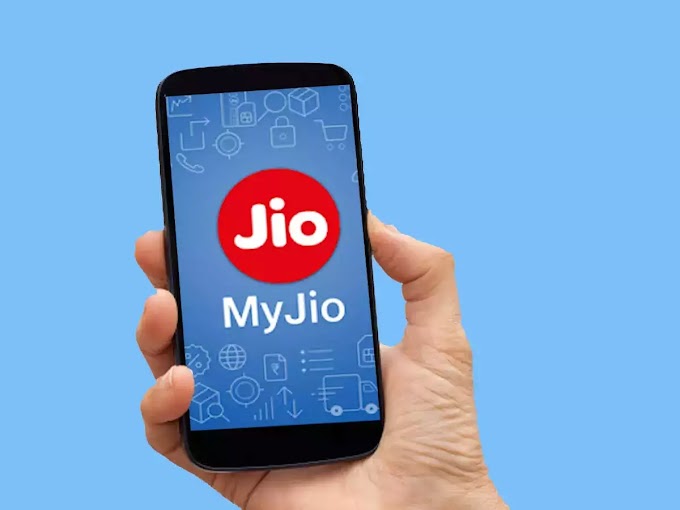
Google AdSense is one of the most
popular online advertising programs that enables website owners, bloggers, and
content creators to earn revenue by displaying ads on their websites. It is a
program run by Google that matches advertisements with relevant content on
websites, offering a passive income opportunity for web publishers.
In this article, we will dive into
what Google AdSense is, how it works, and how you can start using it to
monetize your online content.
How Google AdSense Works
Google AdSense operates on a simple
principle: it connects advertisers with publishers. Advertisers pay Google to
display their ads, and Google shares a percentage of the revenue with the
website owner where the ad is displayed. Here’s a breakdown of the steps:
1. Advertisers: Businesses or individuals who want
to promote their products or services create ads through Google Ads (previously
Google AdWords). They bid on keywords or demographics to reach their target
audience.
2. Website Owners/Publishers: Bloggers, website owners, or
online content creators apply to join Google AdSense. After approval, they can
place ad code on their site where ads will appear automatically.
3. Ad Display: Google’s system matches the most
relevant ads to the content of the page or the users visiting the site. The ads
can be text-based, image-based, or video ads.
4. Revenue Generation: The website owner earns money
based on either Cost Per Click (CPC), which is revenue for every time
someone clicks on the ad, or Cost Per Impression (CPM), which is revenue
for every 1,000 impressions (views) the ad receives. Google keeps a portion of
the revenue and pays the rest to the publisher.
Key Features of Google AdSense
1. Contextual Ads: AdSense uses Google’s search
engine technology to scan and understand the content of a website. It then
serves ads that are relevant to the webpage's content. For example, if your
website is about travel, AdSense might display ads for travel agencies, hotels,
or airfare deals.
2. User-Targeted Ads: AdSense can also serve ads based
on the user's browsing history and preferences, allowing for a more
personalized advertising experience.
3. Different Ad Formats: Publishers can choose from various
ad formats, including:
o Text Ads: Simple ads consisting of a title,
URL, and short description.
o Display Ads: Banner ads, images, or animations.
o Video Ads: Short clips, often seen on
platforms like YouTube.
o Responsive Ads: Automatically adjust size and
format to fit the screen or device.
4. Ad Customization: Google AdSense provides
customization options to blend ads seamlessly with the website design.
Publishers can choose the color, size, and placement of ads to optimize user
experience and performance.
5. Payment System: AdSense issues payments once a
publisher's earnings reach $100 or more, typically via bank transfer, check, or
other payment methods depending on location.
How to Get Started with Google AdSense
If you’re interested in monetizing
your website or blog through Google AdSense, follow these steps:
1. Create a Website or Blog: You need a website with unique
content before applying. The quality of the site and content is crucial for
approval.
2. Sign Up for AdSense: Visit the Google AdSense website
and sign up for an account. You’ll need to provide some basic details like your
website URL and personal information.
3. AdSense Review Process: After signing up, Google will
review your website to ensure it complies with their policies. This includes
checking for original content, appropriate design, and adherence to Google’s
quality guidelines.
4. Add AdSense Code: Once approved, you’ll be provided
with a piece of HTML code to insert into your website. This code will
dynamically display ads on your web pages.
5. Track Performance: Google AdSense provides an
easy-to-use dashboard where you can monitor your ad performance, track
earnings, and adjust settings as needed.
Google AdSense Policies and Requirements
Google has strict policies to ensure
a positive experience for advertisers and users. Some key guidelines include:
- Original Content: Websites must have unique and valuable content. Sites
that copy or scrape content from others are not eligible.
- Prohibited Content: Websites with adult material, violence, hate speech,
or illegal activity are not allowed.
- Valid Traffic: Google does not allow artificially inflating clicks
or impressions. Publishers must avoid clicking on their own ads or using
bots.
- Mobile-Friendly: As mobile browsing increases, Google emphasizes that
websites must be mobile-friendly and optimized for different devices.
Failure to adhere to these policies
can lead to suspension or termination of your AdSense account.
Benefits of Using Google AdSense
1. Easy to Use: Setting up AdSense is relatively
straightforward, even for those with little technical knowledge.
2. Passive Income: Once ads are set up, you can earn
money without actively managing them. It’s a source of passive income as long
as your website attracts visitors.
3. Flexibility: You have control over the type of
ads displayed and where they appear on your site.
4. Trusted Platform: Google is one of the most trusted
platforms in the world, ensuring timely payments and reliable service.
Challenges and Considerations
1. Approval Process: Not all websites are accepted into
the program. Websites with low-quality content or design may be rejected.
2. Ad Blockers: Many users now use ad-blocking
software, which can reduce the number of ads displayed, impacting your
earnings.
3. Earnings Depend on Traffic: The amount you earn with AdSense
is directly related to your site’s traffic. Websites with low traffic will see
minimal returns.
4. Revenue Share: Google takes a cut of the revenue,
which may seem high to some publishers. Typically, Google keeps 32% of the ad
revenue, leaving 68% to the publisher.
Conclusion
Google AdSense is a powerful and
popular tool for website owners and bloggers to earn money by displaying ads.
It’s particularly well-suited for those looking to monetize their content
without the need for direct advertiser relationships or complex ad management.
However, while AdSense is a reliable
and passive income source, it is not a get-rich-quick solution. Success with
AdSense requires consistent traffic, valuable content, and compliance with Google’s
policies. For those who are committed to growing their websites, AdSense can be
a significant revenue stream.
Incoming Search Terms:
- google adsense
- what is google adsense
- what is google adsense in hindi
- how to make money with google adsense
- make money with google adsense
- google adsense tutorial
- what is google adsense and how does it work
- what is adsense google
- google adsense account
- how to make money from google adsense
- what is adsense
- google adsense earnings
- google adsense approval
- google adsense explanation
- google adsense explained








